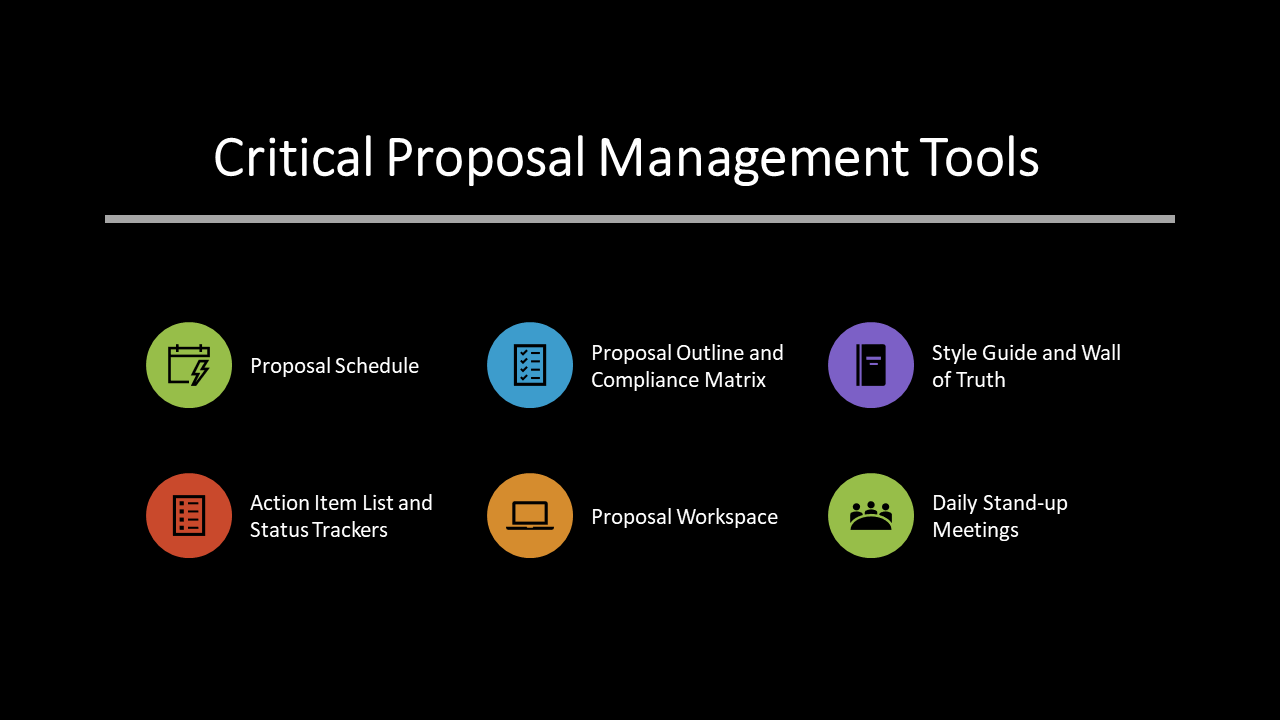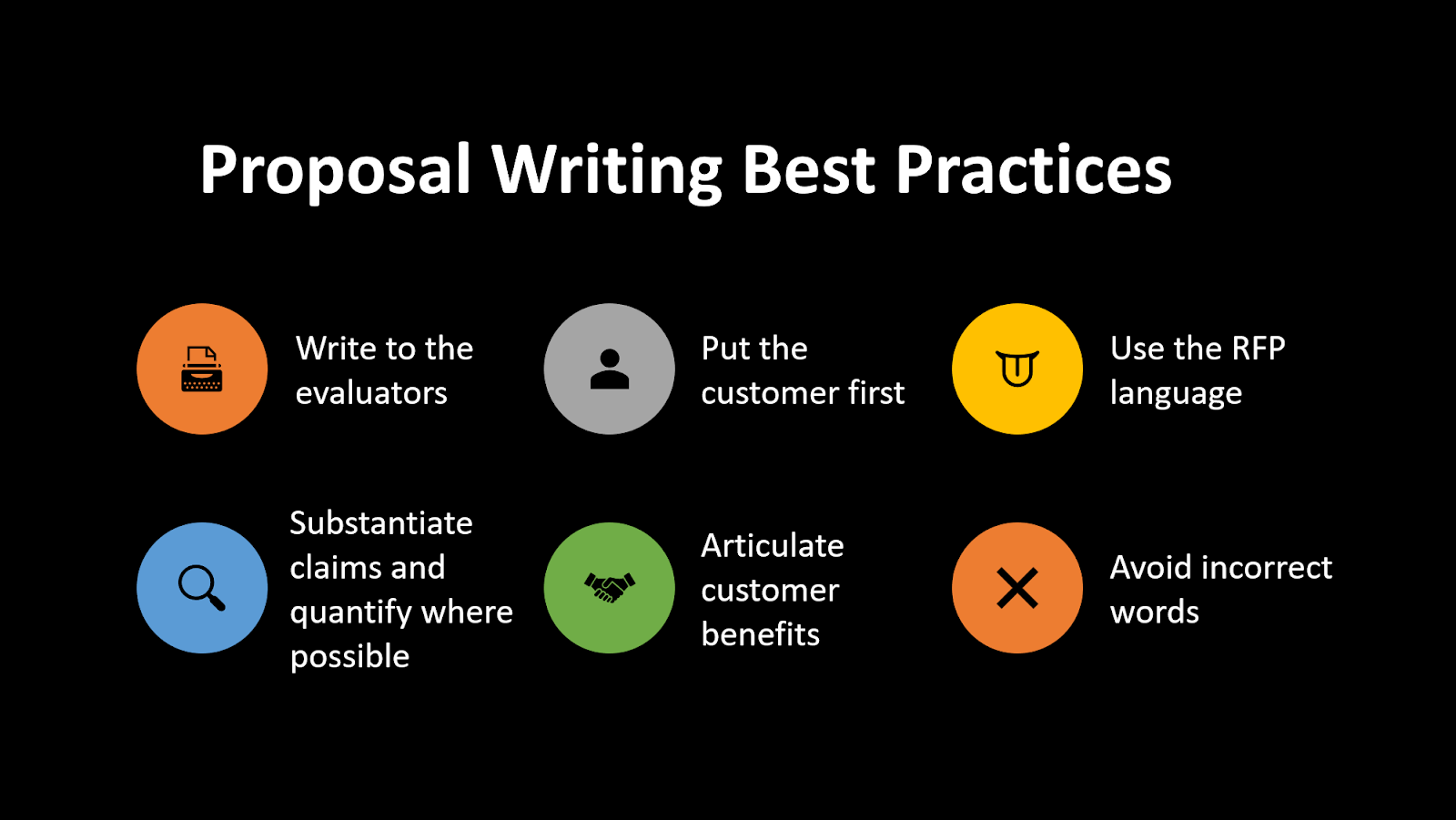Three Reasons You Should Be Holding Formal Author Cross-Reading Sessions

A common problem with proposal teams is that it is so easy for authors to avoid communicating—particularly when one or more author is working virtually. This leads to sections that are developed in silos, which can result in inconsistencies across the proposal sections and disjointed writing. I always encourage cross-reading with my proposal teams. However, when key components of my teams are virtual, I try to include formal cross-reading assignments that occur in conjunction with the Pink Team and Red Team reviews. This pushes authors to identify areas where their sections are inconsistent with other sections and encourages authors to collaborate with each other to drive updates to the Style Guide and/or Wall of Truth. These efforts result in three key benefits, which I discuss in the following paragraphs. 1. Improves Consistency When authors read other sections in the proposal, they are frequently drawn to “truths” that don’t align with their “truths.” If one author states...


